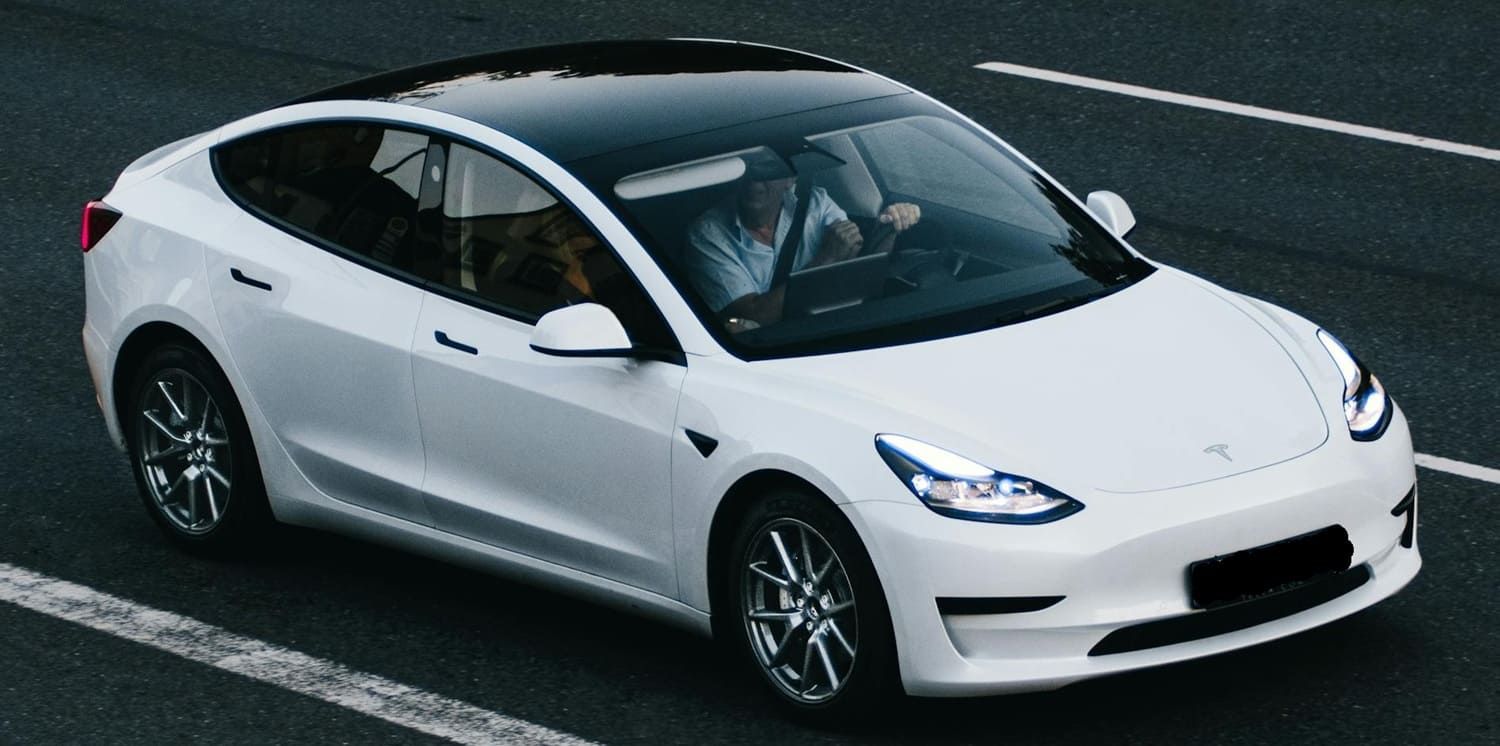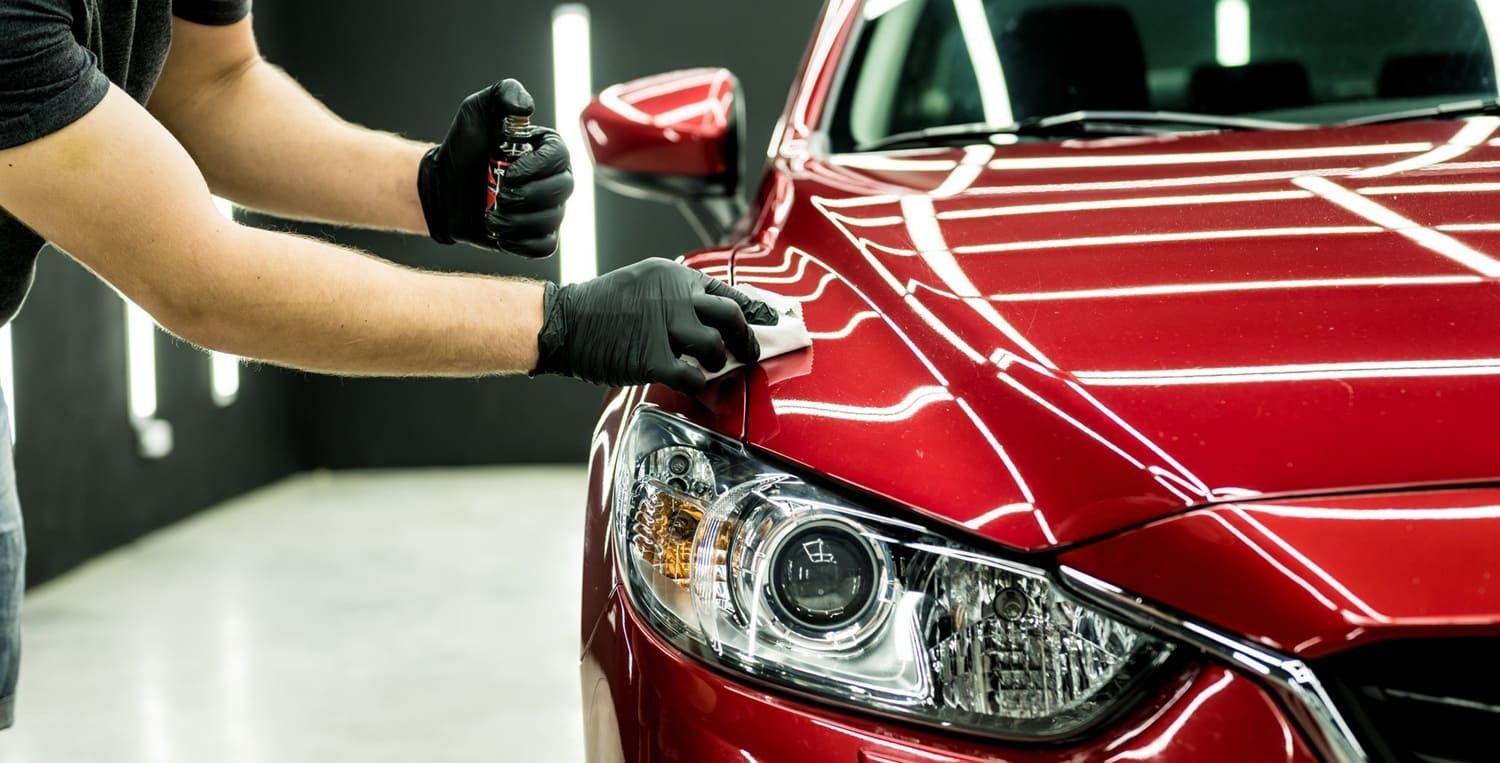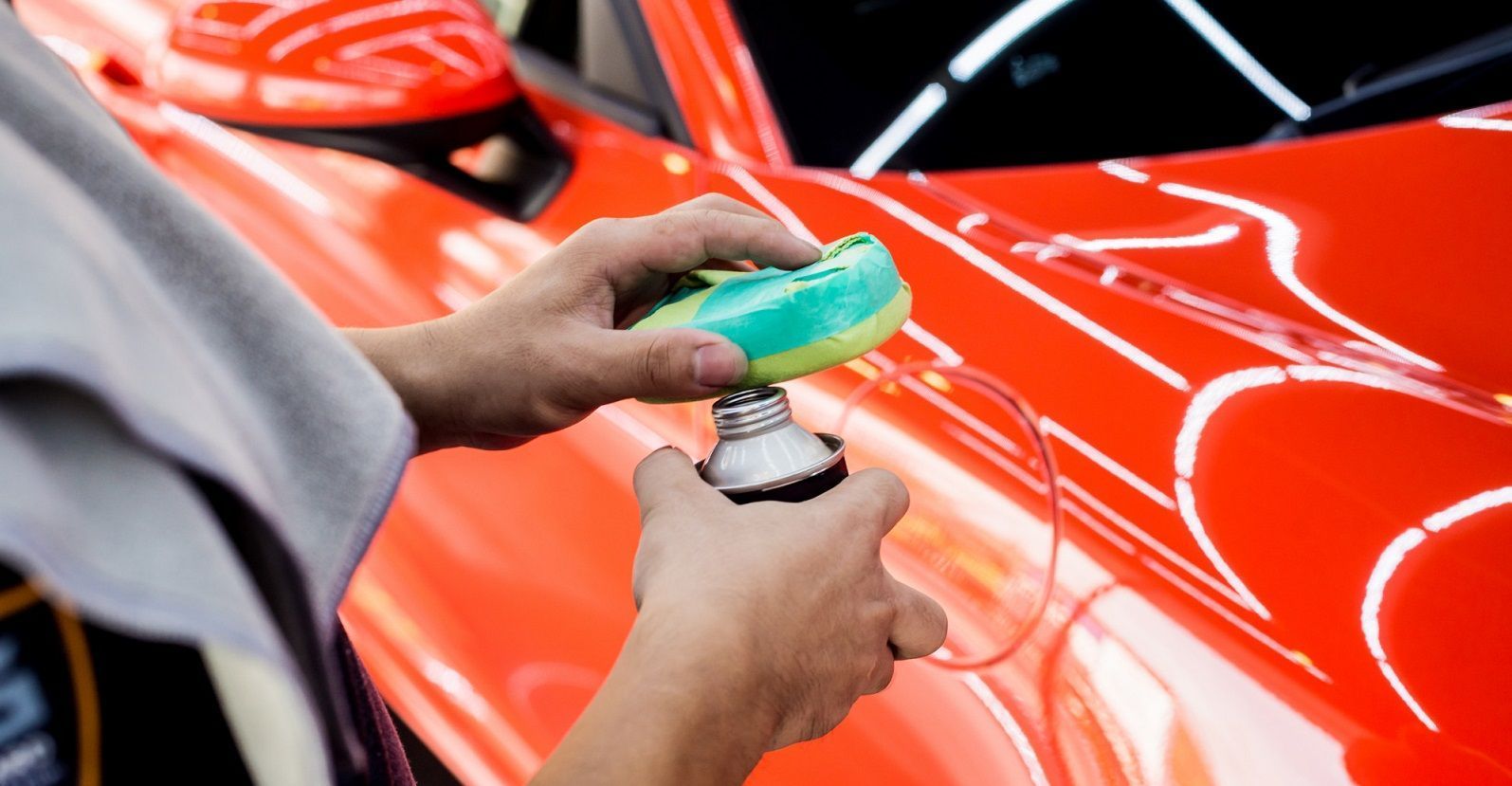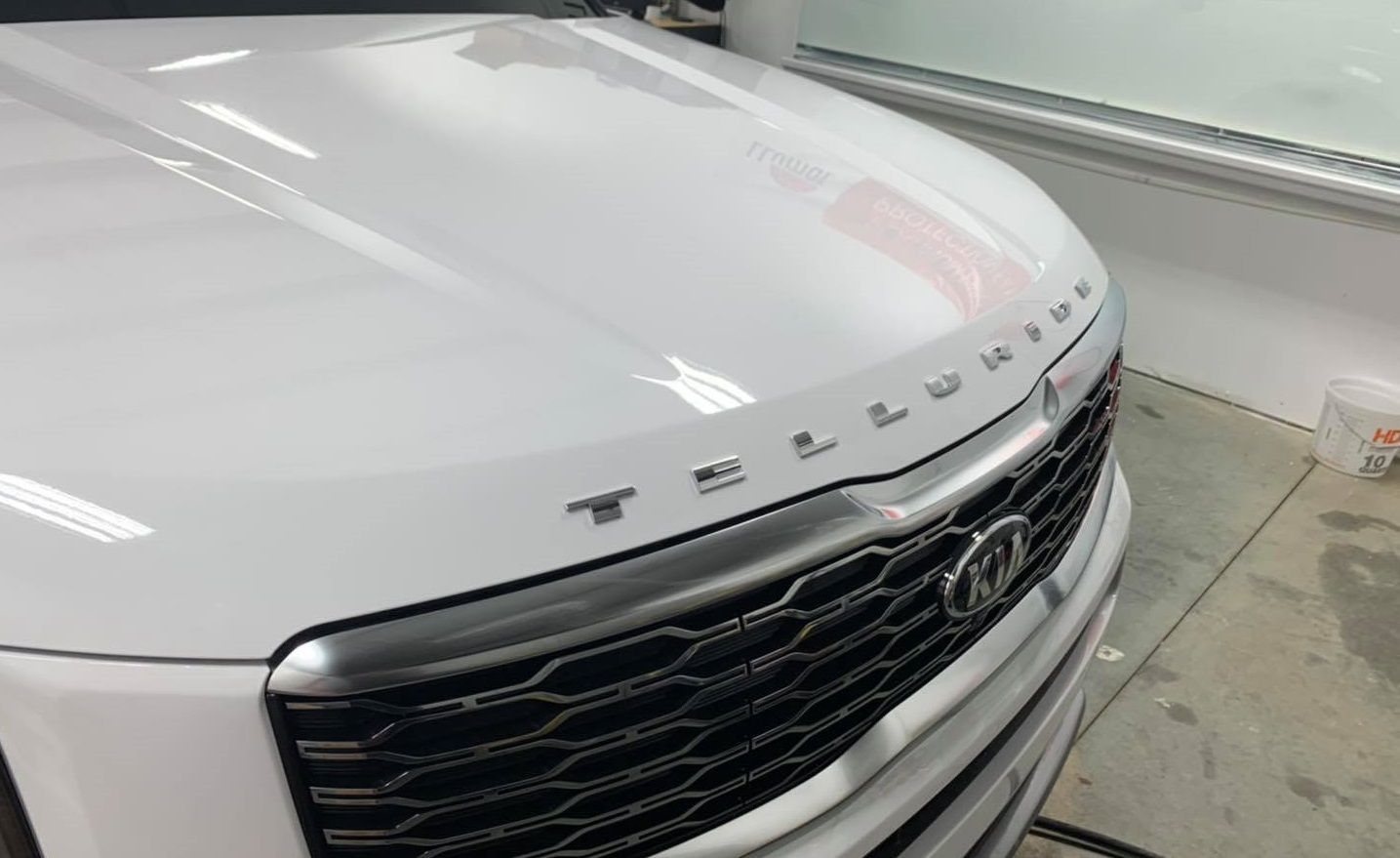What Is the Process of Applying Ceramic Coating to Your Car?
How do you prep your vehicle for ceramic coating? How long does the process take? Click here to learn more about applying ceramic coating.
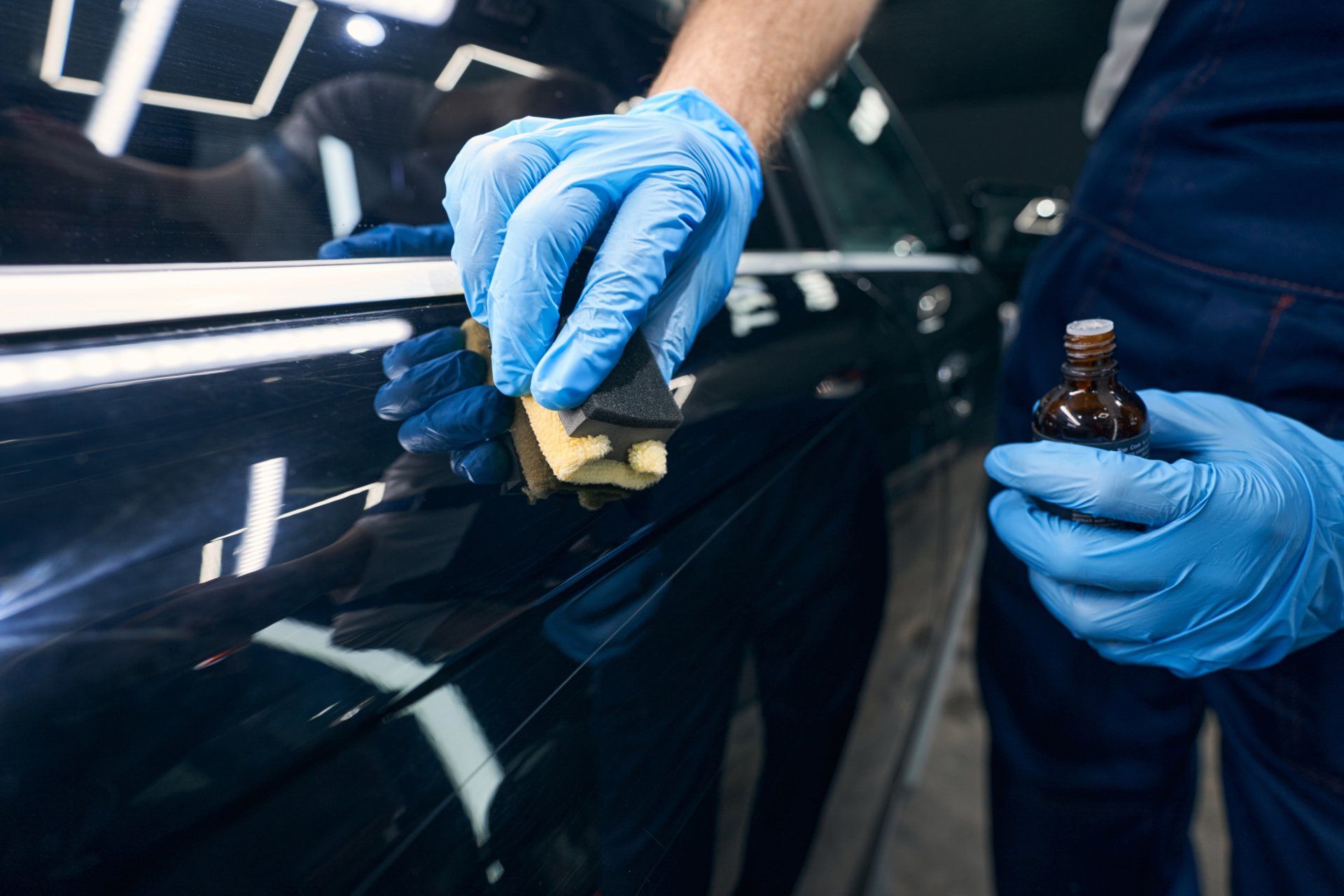
Have you ever wondered how much it would cost to repaint your car? You may think the hours it has spent baking under the sun and oxidizing your paint isn't a big deal but hold onto that thought. New paint jobs can easily cost $5,000 for quality work.
And if you are considering any show-worthy performances, you will easily tally $10,000 or more. Applying ceramic coating upfront ensures your car's paint remains pristine and even adds a glossy finish.
If you think the ceramic coating process is something you can do on your own, you may want to save up a few extra dollars and have a professional work with your car. In our complete guide, we will go over what it takes to apply the ceramic coating and how you can find an affordable and qualified detailer to help you!
Keep reading on for more information!
What Is Ceramic Coating?
The liquid crystal polymer market is increasing exponentially, with projections to reach USD 1.8 billion by 2026. The benefits of polymers span beyond the auto industry, including electronics, medical devices, and consumer goods.
At its core, ceramic coating is a liquid polymer applied to your vehicle's paint. It is a superior alternative to wax and adds a durable layer of protection while giving your vehicle a glossy finish.
Ceramic coating is unique since it forms a chemical bond to your original paint that won't wash away or break down. It should last for months to years, providing a clear, glossy finish.
Some of the benefits of choosing ceramic coating are:
- Preventing oxidation
- Hydrophobic
- Fewer washes
- Improved aesthetics
Ultimately, it requires less maintenance since tar, oils, and other abrasives won't stick to your vehicle. If you are looking at selling your vehicle soon, it can improve your car's paint job and boost resale value.
Applying Ceramic Coating
There are three primary steps to apply ceramic coating, including:
- Prep
- Application
- Curing and aftercare
The ceramic coating process starts with a thorough prep job. If you already have paint scratches or damage, consider fixing those first before finding a professional for ceramic coating protection.
1. Ceramic Coating Prep
If you need minor touch-ups, you can perform them after your clean your car. There are three key components for prepping a car for ceramic coating, including:
- Washing
- Clay bar cleaning
- Polish
First, start with a thorough wash and purchase a clay bar for cleaning. If you go to a professional dealer, they will handle part of these steps for you, but it does help if you have a relatively clean car when you show up.
If you haven't used clay bars in the past, you can think of them as car shampoo. Use detailing spray for your clay bar for the best results. You can use water, but it won't work nearly as well.
You can scrub it liberally across your car after breaking it into chunks, but don't set it down somewhere dirty and reuse it; else, you might spread more dirt than remove it.
You can think of clay bars as your vehicle's exfoliator. It removes that hard-to-scrub dirt and grime. Lastly, use a polish for the finishing touch.
2. Apply Ceramic Coating
When you search the web regarding ceramic coating, you will no doubt encounter many websites advertising ways you can apply the ceramic coating. Like most car detailing, you can definitely save money trying it yourself.
But professional installation and products are usually always superior, offering better protection and results. For this step in the process, it is best to let the professionals go to work. Here is what you can expect when they apply ceramic coating to your car:
Professionals will use higher-end products and evenly apply the product over your vehicle's exterior paint. Using vertical and horizontal swipes ensures that there is even coverage and application.
After applying the coating, you may need additional layers, depending on what the detailer recommends and your preference. Additional layers typically require the same process, but if you want PPF installed, you will need to have it performed first and a ceramic coating applied over the top. The benefit of using PPF and ceramic coating is additional protection from:
- Rock chips
- Debris
- Oils
- Bird droppings
- And more
PPF also uses self-healing properties, making it unnoticeable that any minor dents or scratches were even there.
After the ceramic coating sits, your professional installer will wipe it off (similar to wax) and apply a spray with a microfiber cloth. Heat lamps are sometimes used afterward to cure the application fully. This entire process could take the entire day (or multiple days), so plan accordingly!
3. Aftercare Instructions
After installation, your professional ceramic coating installer will share a few tips and tricks to keep your car looking new for longer. You should use certain products when washing your car; in most instances, you may only need a microfiber cloth to wipe away any dirt or debris.
The ceramic coating uses two basic chemical compounds:
- Silicon dioxide
- Titanium dioxide
When properly cured, these chemicals adhere to the paint and prevent oxidation and staining on your vehicle's paint. Since this chemical remains for months to years, you want to avoid any harsh chemicals or abrasive products on the surface.
Find Ceramic Coating Installers
Now that you know about applying the ceramic coating and the necessary ceramic coating steps, you can see how a qualified professional is the best person for the job. Additionally, you will benefit from extended warranties that protect your vehicle's paint for longer.
Ceramic coating is an excellent vehicle paint protection if you want to keep your new paint job lasting longer and increase aesthetics or resale value. The professionals at Wells Paint Protection and Window Film can help you get started.
Check out our free estimate tool and see how ceramic coating can make a difference!
